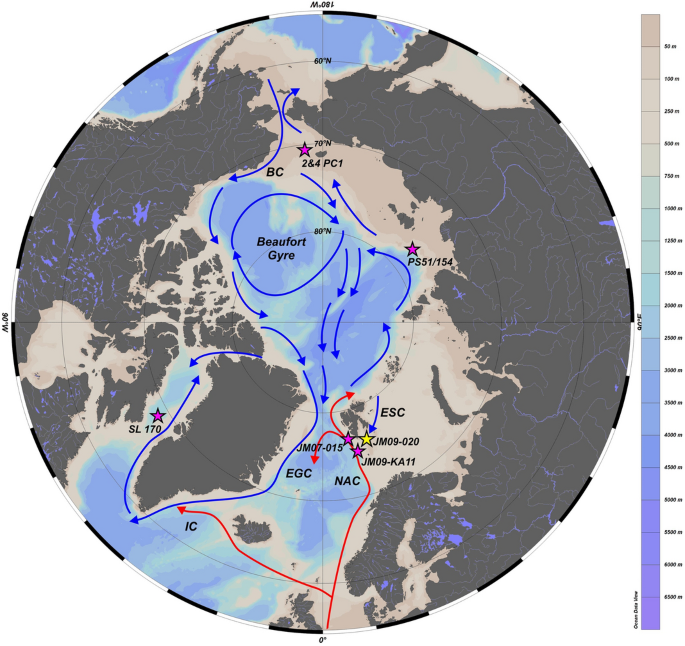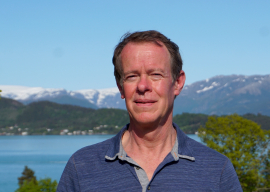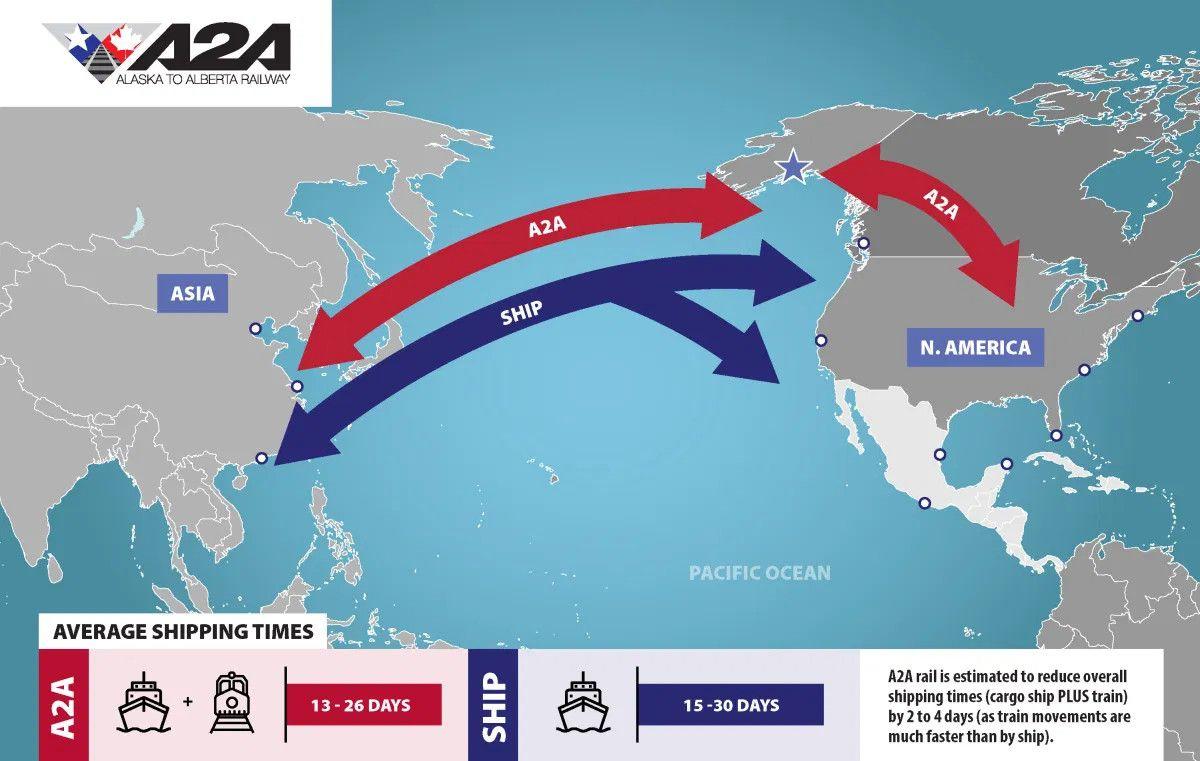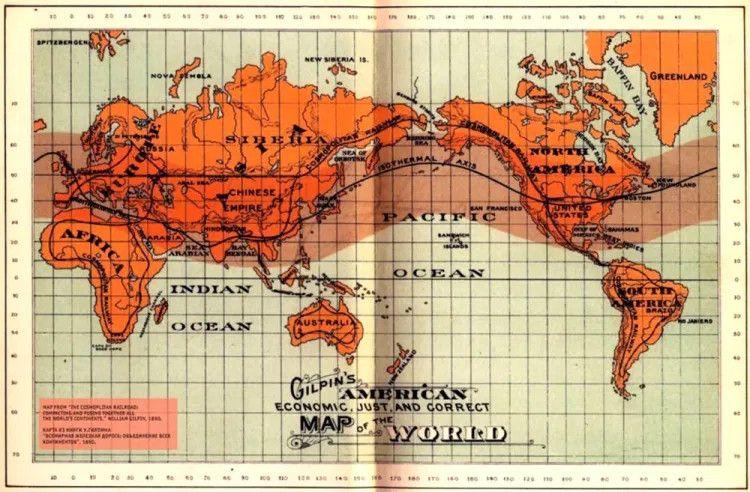hempcrete has already been tested, and been found to be cheaper, lighter in weight, and more flexible than standard concrete. just another reason cannabis/hemp should be completely legal & fully utilized...


I put it to you that there was a lower population, less land cleared for farming, more forests to burn, therefore more forest fires.Climate at a Glance: U.S. Wildfires
View ImageBurning pine forest in the Western United States. Image licensed from 123RF View this page as a printable PDF:
CAAG-US-western-wildfiresDownload
Bullet-Point Summary:
Short Summary: Wildfires, especially in arid parts of the United States, have always been a natural part of the environment and likely always will. Global warming did not create wildfires. In fact, wildfires have become less frequent and less severe in recent decades.
- Wildfires are far less frequent and severe than was the case throughout the first half of the 20th century.
- Occasional upticks in current wildfire activity still result in far less land burnt than was the case throughout the 20th century.
- Even the worst recent wildfire years burned only 1/5th to 1/2 as much land as typical wildfire years during the early 20th century.
- Drought is the key climate factor for wildfires. As shown in Climate at a Glance: Drought, the United States in recent decades is benefiting from strikingly small amounts of drought.
The U.S. National Interagency Fire Center reports data on U.S. wildfires back as far as 1926. The Fire Center data show the numbers of acres burned is far less now than it was throughout the early 20th century, 100 years of global warming ago. See Figure 1, below. Current acres burned run about 1/4th to 1/5th of the record values which occurred in the 1930s. At that time, the peak wildfire burn was over 52 million acres. In the decade since 2010, the peaks have been 10 million acres or less.
[URL=https://secureservercdn.net/198.71.233.109/2n8.f2f.myftpupload.com/wp-content/uploads/2020/07/US-fires-and-acres-burned-1024x576.png]View Image[/URL]Figure 1: Total wildfire acreage burned by year in the United States, 1926 to 2019. Data from https://www.nifc.gov/fireInfo/fireInfo_stats_totalFires.html
Graph by meteorologist Anthony Watts Climate alarmists sometimes cite a very small upwards trend since 1983 to suggest that climate change has been making wildfires worse in the USA. However, that is cherry-picking a very minor trend compared to the complete picture.
hempcrete has already been tested, and been found to be cheaper, lighter in weight, and more flexible than standard concrete. just another reason cannabis/hemp should be completely legal & fully utilized...
Are the Zoning & Planning departments on-board ?
Are the Zoning & Planning departments on-board ?
quick wiki peek at hempcrete
it's not usable for load bearing, nothing perfect I suppose
but is said to be fireproof, seems popular in France and use is growing
good insulator, much used in renovation in old stone homes
hempcrete has already been tested, and been found to be cheaper, lighter in weight, and more flexible than standard concrete. just another reason cannabis/hemp should be completely legal & fully utilized...
Just like pikereete from the war
18%wood / hemp pulp 82%water
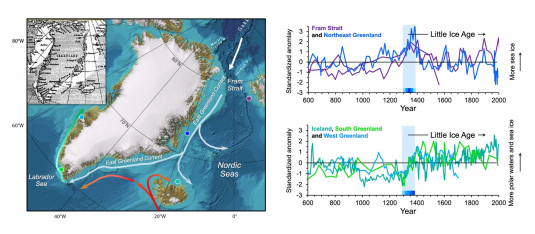
Yeah, exactly what we need...more plastic!!! And COSMETICS!!! You know it’s crowding out the FISH, right?Here's a little ray of sunshine for ya, maybe we can turn this situation around:
https://phys.org/news/2020-09-effective-pathway-carbon-dioxide-ethylene.html
Researchers discover effective pathway to convert carbon dioxide into ethylene
A research team from Caltech and the UCLA Samueli School of Engineering has demonstrated a promising way to efficiently convert carbon dioxide into ethylene—an important chemical used to produce plastics, solvents, cosmetics and other important products globally.......
